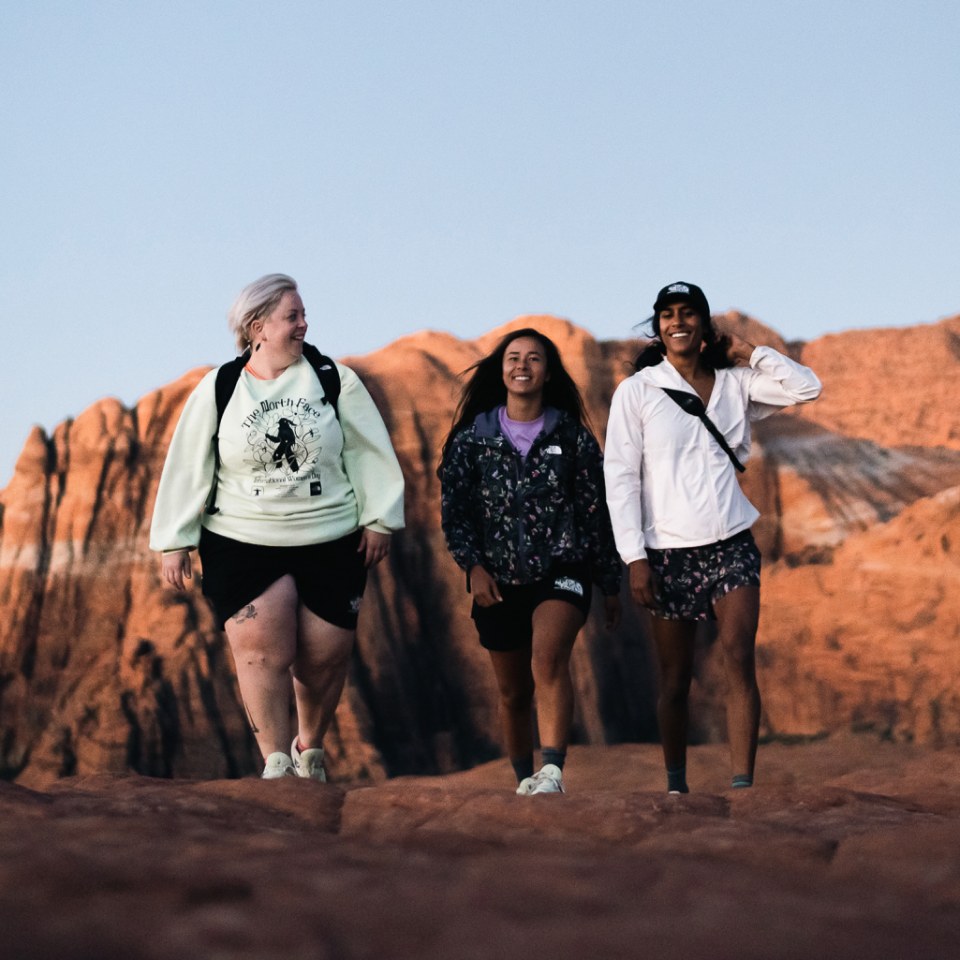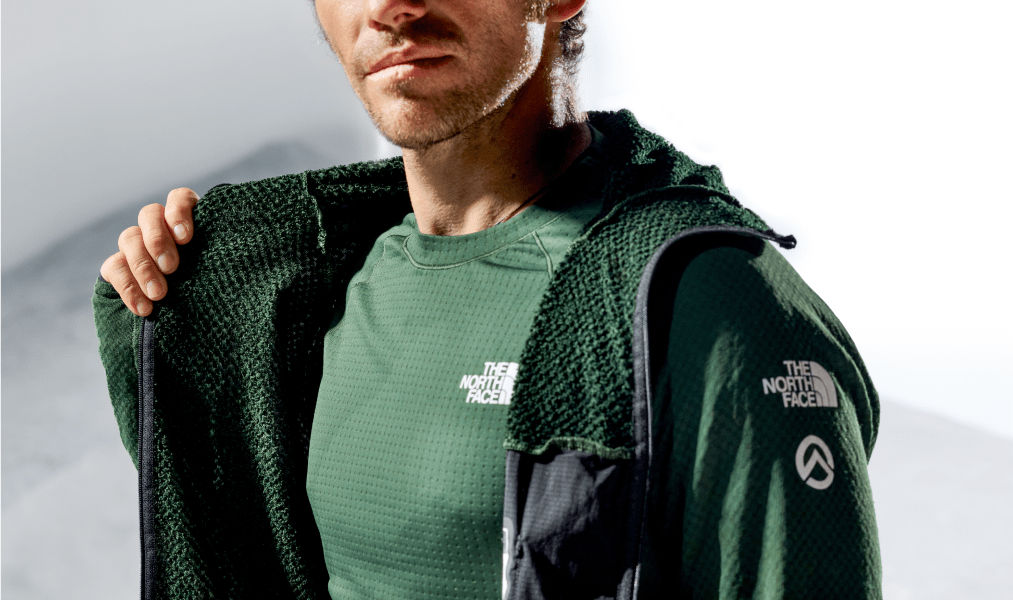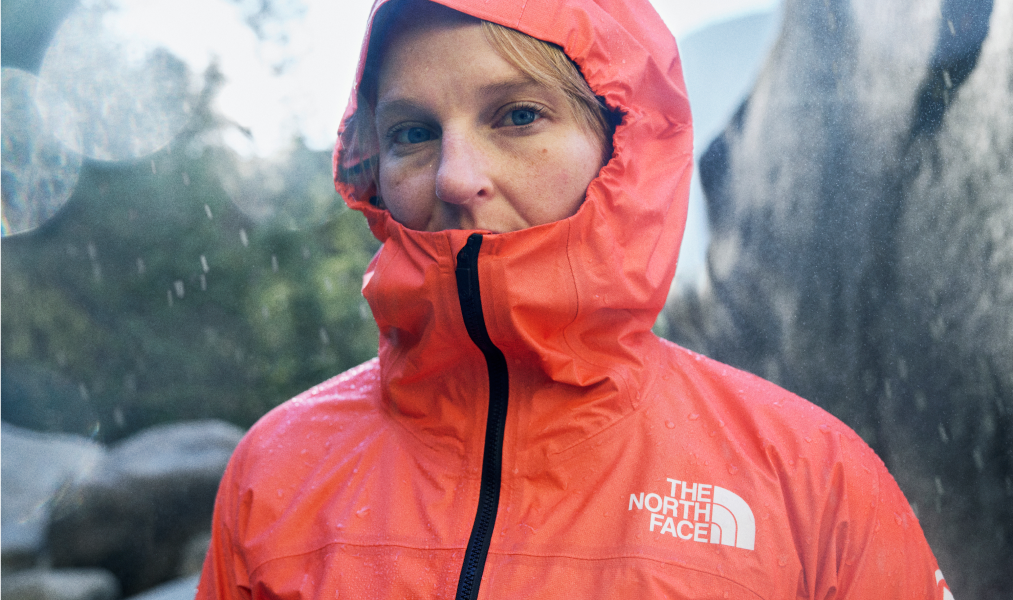
What to wear hiking: The ultimate guide
2025-03-18
Hiking can be unpredictable. That’s partly what makes it so appealing, but can also make it hard to know whether you’re going to be cold, sweating, somewhere in between or all three in the same day. Understanding what to take hiking and how to layer clothes for hiking is key to staying comfortable on the trail. Before heading out, consider the weather forecast, the type of trail you’re tackling and your personal preferences.
Shorts and tank tops are great for short hikes in hot summer weather—just remember to wear sunscreen. If you’re planning on spending several hours or more on the trail, it’s worth covering your shoulders with a short-sleeved shirt or even a long-sleeved top. This helps minimize sun exposure—as well as potential chafing from your backpack straps.
For colder climates, leggings and active bottoms are ideal. Pair with breathable shirts or long-sleeve tops and layer with a fleece for extra warmth. Avoid materials like cotton if you think you’ll get wet and opt for synthetics or wool instead.
How to layer clothes for hiking.
As your body temperature, weather conditions and elevation fluctuate throughout the day, you can add and remove layers to make sure that you’re always at the right comfort level.
Layers are generally broken up into three categories:
1. Base layer
This is the layer closest to your skin—usually a shirt or long sleeve top and pants or shorts. They should be a relatively snug fit while also allowing you to move comfortably. When buying base layers for hiking, prioritize breathable materials with moisture-wicking capabilities.
2. Mid layer
This layer comes next, usually a fleece or lightweight insulated jacket to provide extra warmth. It should be loose enough to feel comfortable, but not enough to be bulky if you add an outer layer. Insulation is the primary function of the mid layer so prioritize items like down vests or materials like FUTUREFLEECE™.
3. Outer layer
The third and final layer is your protection from elements like wind and rain. In warmer climates, thin rain jackets can suffice. For colder climates and high-altitude hikes, options like insulated waterproof pants and snow jackets are key. For outer layers, look for materials that are both breathable and waterproof such as FUTURELIGHT™. Prioritizing materials that are lightweight and packable is also useful.
For more information, check out our page on Layering 101.
What to take hiking.
When packing extra layers, it’s important to cover all eventualities without overdoing it. Prioritize lightweight materials and versatile items that can be used for multiple purposes.
Top hiking accessories.
What you take on your hike will depend on the length of the hike, how remote it is and what the weather conditions are. Some top accessories and hiking must-haves include:
- A water bottle or hydration pack
- Liner socks to minimize blisters
- A packable brimmed hat for
- A basic first aid kit
How to pack a hiking backpack.
Make sure that you have easy access to the things you are most likely to need. Put the things you use least at the bottom and things like snacks, a rain shell and water sources closer to the top.
Hiking backpacks come with all sorts of handy pockets, hooks and bungee cords that can be used to store important accessories and hiking gear. They are designed to make your life easier, so take some time to inspect your backpack fully before you head out on the trails—you might find a handy little compartment you didn’t know existed.
Build the ultimate hike kit.


